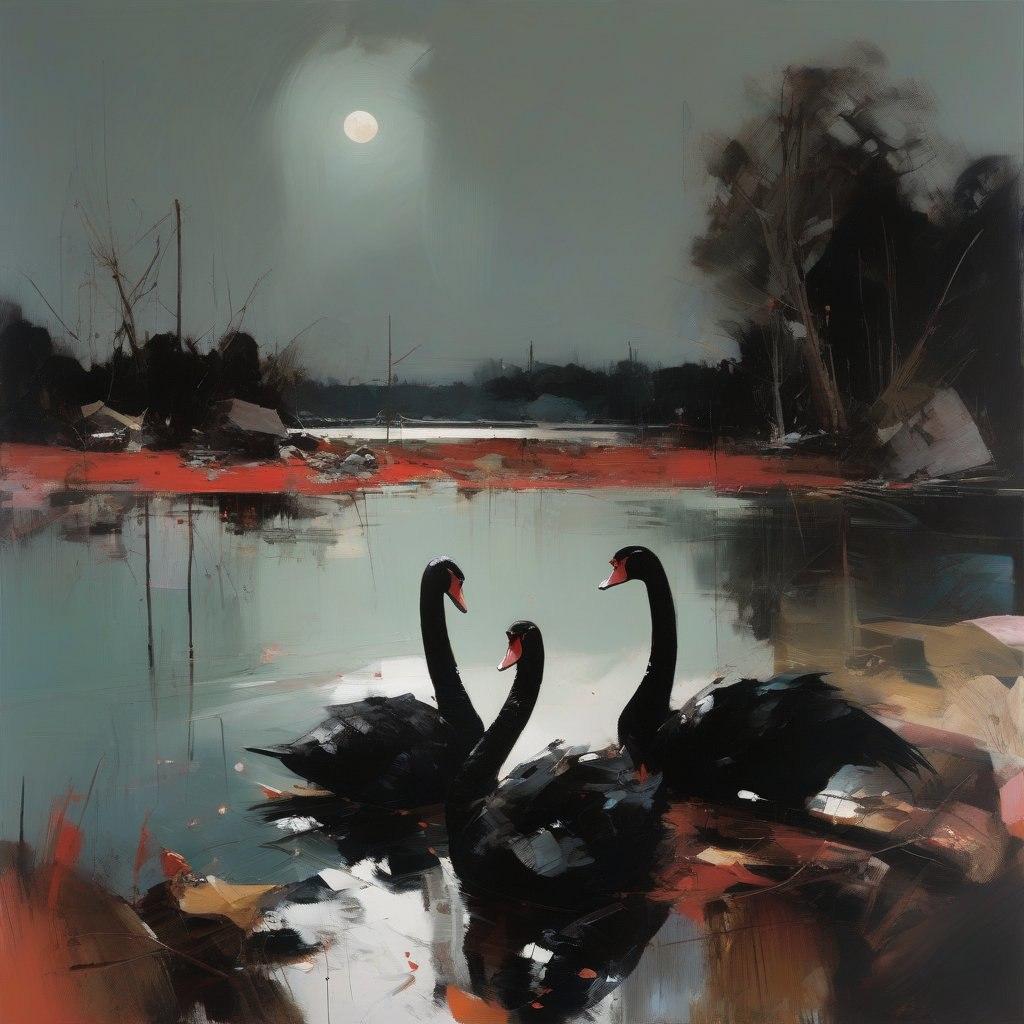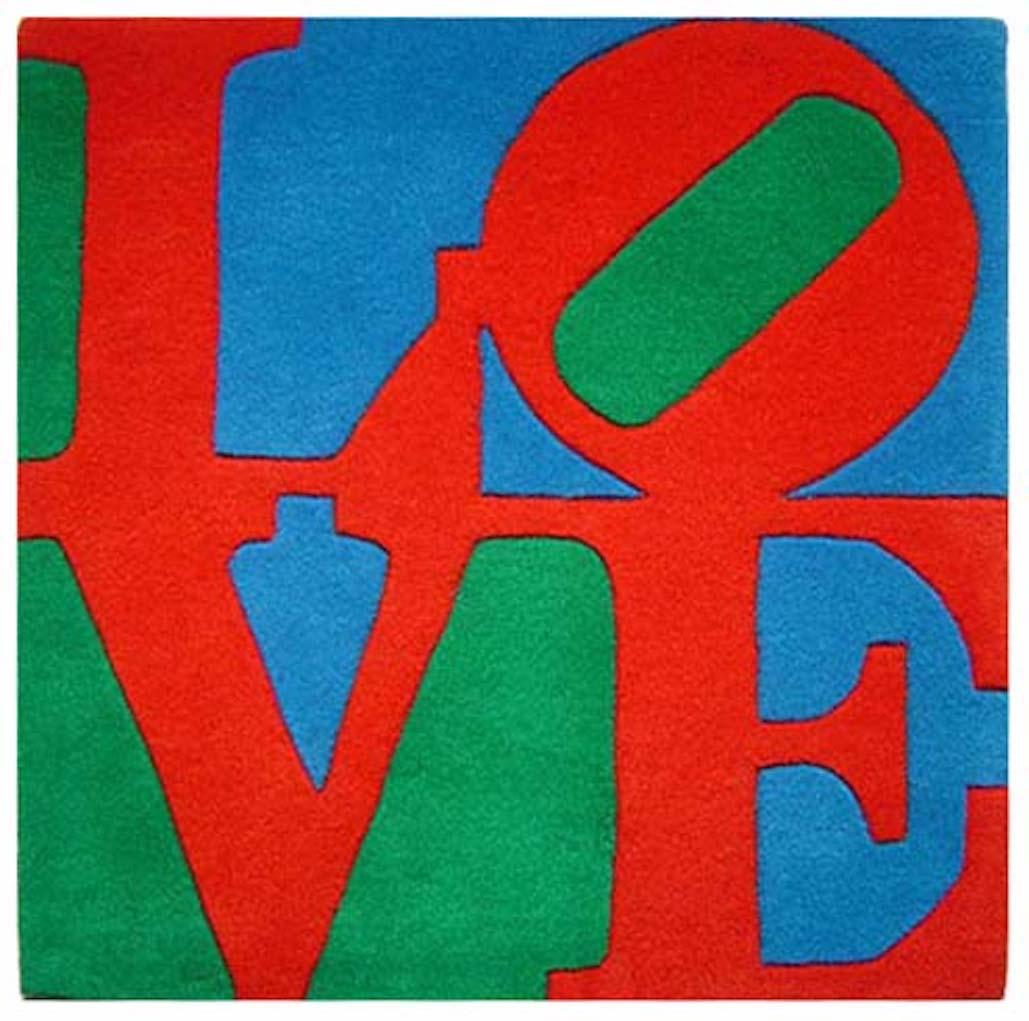Items Similar to Framed Early 19th Century Embroidery - Greek Classical Scene
Want more images or videos?
Request additional images or videos from the seller
1 of 6
UnknownFramed Early 19th Century Embroidery - Greek Classical SceneUnknown
Unknown
About the Item
An outstanding early 19th Century silkwork embroidery on fabric canvas, with watercolour painted figures, depicting a classical bearded gentleman with a young girl in traditional dress. The scene has a religious air, with the girl pointing upwards towards the heavens. This work may depict the rise of Christianity over dominant Greek polytheism, with large columns seen in the background. Several gold objects sit on a tomb or chest to the left.
Well-presented in a 19th Century gilt wooden frame with scallop shell corners and dark gilt edges, as shown.
Unsigned. On canvas.
- Creation Year:Unknown
- Dimensions:Height: 28.15 in (71.5 cm)Width: 23.63 in (60 cm)
- Medium:
- Period:
- Condition:The condition is typical for an embroidery of this age including some discolouration and light damage. There are several small losses and fragmentation to the painted areas, mainly the faces and the child's foot. The embroidered areas are in very.
- Gallery Location:Corsham, GB
- Reference Number:Seller: kp9581stDibs: LU881310139372
About the Seller
4.9
Platinum Seller
These expertly vetted sellers are 1stDibs' most experienced sellers and are rated highest by our customers.
Established in 2010
1stDibs seller since 2018
861 sales on 1stDibs
Typical response time: 5 hours
- ShippingRetrieving quote...Ships From: Corsham, United Kingdom
- Return PolicyA return for this item may be initiated within 30 days of delivery.
Auctions on 1stDibs
Our timed auctions are an opportunity to bid on extraordinary design. We do not charge a Buyer's Premium and shipping is facilitated by 1stDibs and/or the seller. Plus, all auction purchases are covered by our comprehensive Buyer Protection. Learn More
More From This SellerView All
- Framed 20th Century Embroidery - Parrot Tulips & PetalsLocated in Corsham, GBA vibrant floral & botanical embroidery depicting parrot tulips intertwined with red berries and smaller spring flowers. Presented in a stunning o...Category
20th Century More Art
MaterialsTapestry
- Large Late 19th Century Needlepoint - The Return of the ChevaliersLocated in Corsham, GBA large needlepoint scene in wool with gold silk thread depicting two chevaliers returning from battle, likely after an original tapestry or painting, dating to the late-19th or earl...Category
19th Century More Art
MaterialsTapestry
- Early 19th Century Embroidery - Patriarchal BlessingLocated in Corsham, GBA finely detailed, early 19th Century needlepoint scene showing a family gathering round the bed of an elderly man as he blesses the children. The artwork is picked out in beautiful ...Category
19th Century More Art
MaterialsTapestry
- 20th Century Embroidery - Peacocks And PeoniesLocated in Corsham, GBAn exquisite 20th Century embroidery using the most beautiful silk threads. The colours of the threads a wonderfully bright and the flat, directional stitches give the embroidery mov...Category
21st Century and Contemporary More Art
MaterialsTapestry
- Late 19th Century Needlepoint - The Binding of IsaacLocated in Corsham, GBA needlepoint work depicting the Old Testament story of the Binding of Isaac. A messenger from God halts Abraham in the sacrifice of his son, causing ...Category
19th Century More Art
MaterialsTapestry
- Maple Framed Late 19th Century Needlework - A Basket of FlowersLocated in Corsham, GBAn exquisite needlework picture depicting a still life of garden flowers inside a pierced china basket. Beautifully mounted in a period bird's eye maple frame with internal slip and ...Category
Late 19th Century More Art
MaterialsTapestry
You May Also Like
- Jamavar: Ecru - Embroidered Tapestry Wall HangingLocated in Asheville, NCJamavar The Jamavar of Kashmir is an exquisite heritage textile of India. The original Jamavar was a yard-long shawl of pashmina wool with delicate patterns handwoven in multicolored silk weft threads. Its authentic designs are finely intricate, imparting gentle aristocracy with its most outstanding and popular motif being the elongated teardrop, originally called 'buteh'. The 'buteh' is what one now recognizes as the 'paisley'. These artworks are compositions of the timeless 'buteh' of the Jamavar. The wall panels are embroidered with fine thread cords couched along the pattern. A note on handmade: A handmade product is always appealing due to the irregularities in its workmanship. This is what sets it apart from machine made or computerized; the perfection they offer feels synthetic or artificial. Especially when one speaks of art and craft. These wall panels are works of hand worked embroideries. Imperfections such as an occasional puckering of the base material are expected with the kind of embroidery stitches used. You are assured these artworks are embroidered by highly skilled artisans (it is not possible for craftsmen of lesser experience to create these pieces) The materials used for the embroideries are of superior quality only. About: Shabbir Merchant...Category
2010s Other Art Style Mixed Media
MaterialsGold, Metal
- Flowers, (After) Andy Warhol -Pop Art, Tapestry, Edition, Contemporary, DesignBy Andy WarholLocated in Zug, CH(After) Andy Warhol Flowers, 1968 Hand Woven Wool Tapestry 183 x 183 cm (72 x 72 in) Edition of 20 With the knotted name ‘ANDY WARHOL’ lower right and the embroidered annotation ‘WARHOL ©’ on the reverse Published by Modern Master Tapestries, NY Throughout art history, the flower and its symbolism have been a subject matter for many renowned artists. Andy Warhol explored the qualities of the flower image through his Pop Art prism in the Flower series of 1964, thus creating cartoon-like symbols that would be instantly recognized. The 1964 Flower series became one of his most iconic and successful works. Based on a discovered photograph of hibiscus blossoms, Warhol drenched the flowers’ floppy shapes with a variation of vibrant colors, transforming them into psychedelic indoor décor. Playing with traditional art historical themes, Andy Warhol gave a particular twist to this historically accepted symbol of life. The electric colors of his flowers, drawn from a darker and rich undergrowth background might be the indicator of an extreme vision of life, a life lived on the edge. Andy Warhol (1928-1987) was an American artist, a leading figure of the Pop Art movement. Using a variety of media materials from photographs up to computer-generated art, Warhol's works explore the relationship between artistic expression, celebrity, culture and advertisement that flourished by the 1960s. Emerging from the poverty and obscurity of an Eastern European immigrant family in Pittsburgh, Warhol became a charismatic magnet for bohemian New York. In 1960, he began to produce his first canvases depicting Popeye and Dick Tracy. After Marilyn Monroe’s death in August 1962, he started working from snapshots of the star’s already legendary face, which had been widely distributed by the world’s press. His choice of subjects clearly relates to an obsession with demise – his Marilyns, his Ten Lizies (created when the actress Elizabeth Taylor was seriously ill), and also his Elvis. Part of the “Death and Disaster” series, Andy Warhol´s...Category
20th Century Pop Art Figurative Prints
MaterialsTapestry, Wool
- Vintage - Green Cushion - Embroidered Tapestry Wall HangingLocated in Asheville, NCVintage In the center of Mumbai city is an unorganised labyrinthine bazaar of streets trading in commodities right from gold and silver to utensils to costume jewellery, the list...Category
Late 20th Century Other Art Style Mixed Media
MaterialsMetal, Gold
- Porter Series: Carte L'Europe (Shower Woman)By William KentridgeLocated in Palm Desert, CA"Porter Series: Carte L'Europe (Shower Woman)" is a tapestry by South African artist William Kentridge. It is edition 1 of 5 (plus 2 APs) and signed verso "W. Kentridge". William Kentridge is a South African graphic artist, filmmaker, and theatre arts activist especially noted for a sequence of hand-drawn animated films he produced during the 1990s. The pungent humanism he revealed in these and other works echoed a larger European tradition of artists such as Honoré Daumier, Francisco de Goya, and William Hogarth. Kentridge, whose father was a noted antiapartheid lawyer, attended the University of Witwatersrand in Johannesburg (1973–76) and the now-defunct Johannesburg Art Foundation (1976–78). At various times in the 1970s and ’80s, he worked as an actor, playwright, set designer, and theatrical director, and he studied mime and theatre in Paris in the early 1980s. In 1992 he began an ongoing collaboration involving multimedia performances with Handspring Puppet Theatre (founded 1981) in Cape Town. As is clear from both his early training and his later artistic output, Kentridge’s interest in the visual arts was rooted in its connection with the theatrical arts. The narrative structure and character development in his films reflect this connection. While Kentridge pursued several avenues as an artist, at the centre of his work was a sequence of short animated films. To produce them, he made a rough charcoal drawing, photographed it, altered the drawing slightly, photographed it again, and so on. Kentridge’s original drawings are often completely effaced by their successors. Many of these films—including Johannesburg, 2nd Greatest City After Paris (1989) and Felix in Exile (1994)—follow the fortunes of the greedy capitalist Soho Eckstein and his alter ego, the sensitive and artistic Felix Teitelbaum. They present modern South Africa as reflective of the spiritual, ecological, and emotional crises of late capitalism. Kentridge later established himself as a consummate figure in the performing arts, particularly for his innovative stagings of the operas The Nose (2010) and Lulu (2015) at New York’s Metropolitan Opera and Wozzeck (2017) at the Salzburg Festival...Category
21st Century and Contemporary More Art
MaterialsTapestry, Silk
- "A Mon Seul Desir" My Only Desire TapestryLocated in Atlanta, GAJacquard woven with relief stitch. Fully lined with rod pocket for hanging. 65% wool with/cotton/rayon/polyester. Also available in size 67x77 ( $1,499.00). Please message for more...Category
Late 20th Century Medieval More Art
MaterialsTapestry
- "La Foret de Clairmarais" The Forest of ClairmaraisLocated in Atlanta, GAIn the 17th Century, landscapes with trees, birds and rivers were popular, and often included architectural features. Plants and flowers of the time are represented. This tapestry i...Category
20th Century Naturalistic More Art
MaterialsTapestry



